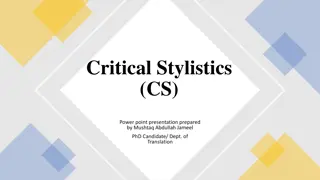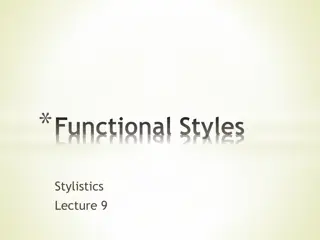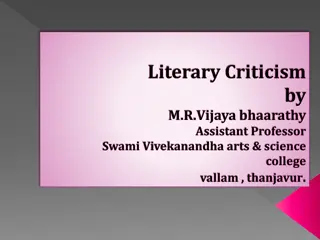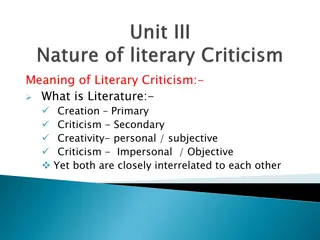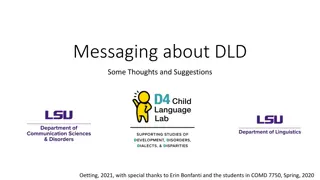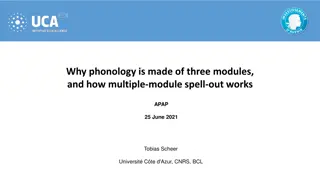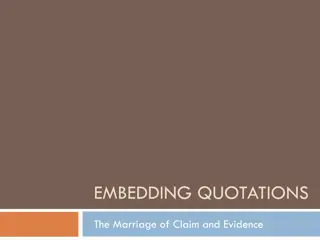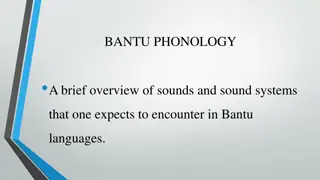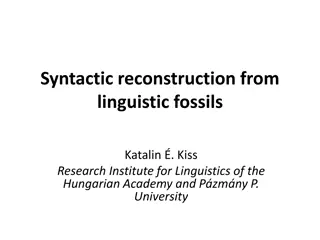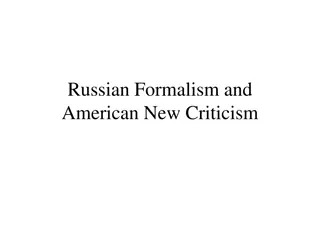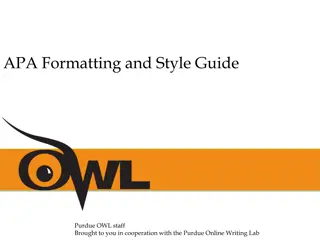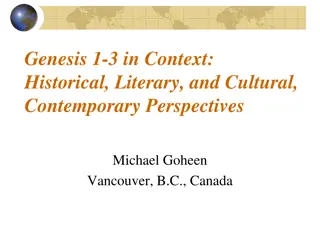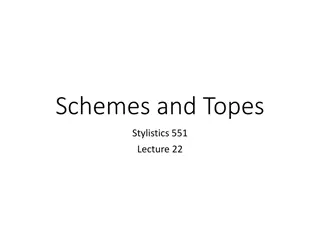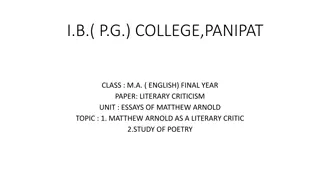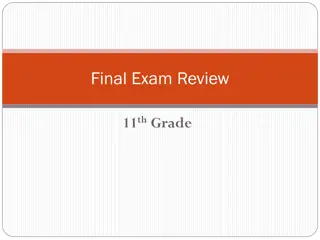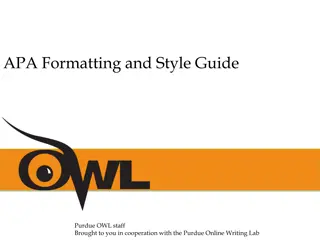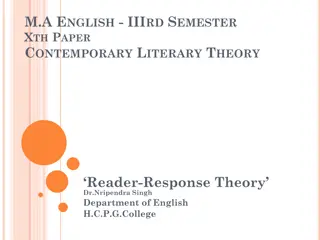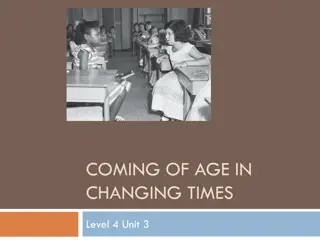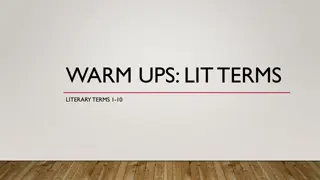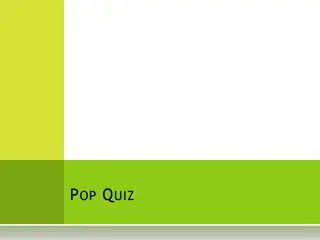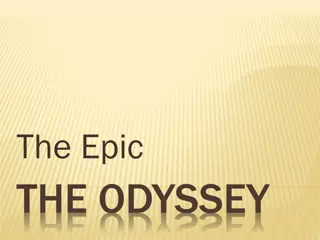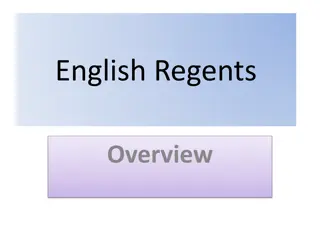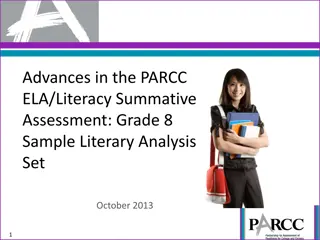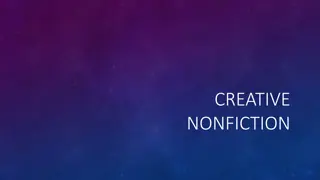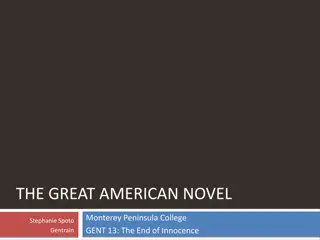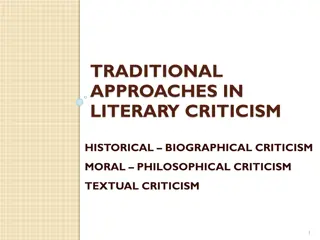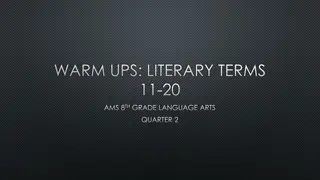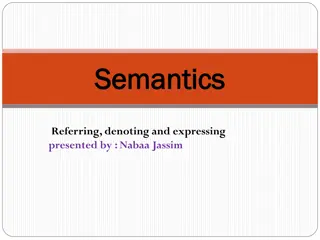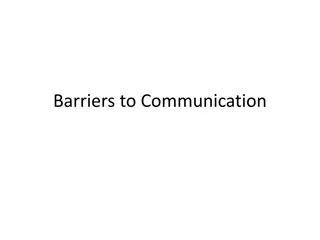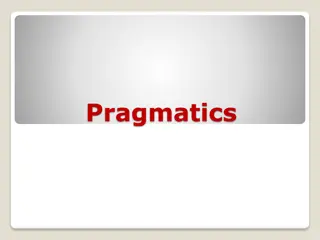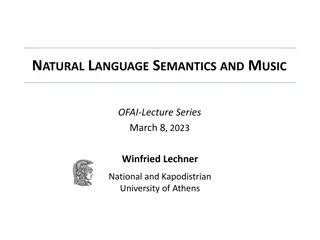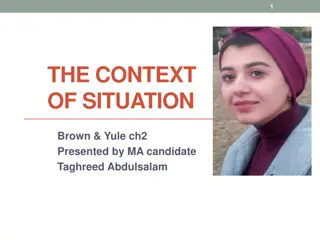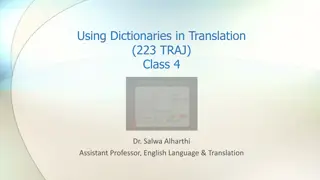Understanding Linguistic and Literary Stylistics
Linguistic Stylistics explores devices in language of literary texts to create expressive styles. Literary criticism relies on subjective interpretation, while Stylistic Analysis in linguistics identifies patterns in speech and writing. This content delves into the phonological, graphological, and lexical levels of linguistic stylistics with examples to demonstrate their significance.
Download Presentation

Please find below an Image/Link to download the presentation.
The content on the website is provided AS IS for your information and personal use only. It may not be sold, licensed, or shared on other websites without obtaining consent from the author. Download presentation by click this link. If you encounter any issues during the download, it is possible that the publisher has removed the file from their server.
E N D
Presentation Transcript
Types of Stylistics Linguistic Stylistics studies the devices in language of literary texts (such as rhetorical figures and syntactical patterns) that are employed to produce expressive or literary style. Literary Stylistics is synonymous to literary criticism. Literary criticism rests solely on subjective interpretation of texts. To decipher message
Features of Linguistic Stylistics Stylistic analysis in linguistics refers to the identification of the patterns of usage in speech and writing (Widdowson, Stylistics) Let us discuss some linguistic features for in-depth stylistic analysis.
1. Phonological Level 1. Phonological level: (Sounds) Phonology studies the combination of sounds into organized units of speech. Though phonology is considered to be the superficial level of language, there are some aspects of it such as tone which contribute to the meaning of an utterance.
1.Phonological Level : Example Their stanzas of stifling scandals Cause the masses to curse (Dasylva: Songs of Odamolougbe Alliteration, deliberate selection of sounds, repetition, Meaning: sinister, evil, corruption of Nigerian politicians
2.Graphological Level Graphology means the arrangement of words, the appearance of the text on a page. E.g. use of capitalization, or avoiding it, overemphasis on punctuation Emily Dickenson : Use of punctuation Dashes e e cummings : ignores capitalization
On the wrinkled face of the hills i see my shortening shadow as my sun creeps towards the west hills gently, gently, gently like afternoon s flame Example: l o w e r i n g Graphological Level Ushi s Hill Song To ash in the evening
3. Lexical level Lexis is the total number of word forms Words may be repeated Synonyms or similar words may be used Hyponymy, anaphora, e.g. Vegetation: grass, leaves Verbal repetition, use of pronouns,
Example: Lexical Level I looked upon the rotting sea And there the dead men lay I looked upon the rotting deck And there the dead men lay (Coleridge, Rime of the Ancient Mariner )
4. Syntactic Level Concerned with the arrangement of the words in a sentence. It also attempts to describe how these elements function in the sentence. Studies description of rules of positioning of words in a sentence. Involves rules of positioning of elements in a sentence, such as nouns, verbs, adverbs etc
Syntactical Level: Example E. g. Home he went home occurs in the beginning of the sentence to foreground it. Something there is that doesn t love a wall Robert Frost, Mending Wall
5. Semantic Level Semantics deals with the level of meaning in language. E.g. how words similar or different are related. Tries to give account of both word and sentence meaning
Semantic Level: Example e.g. The writer has penned down his ideas with extreme brevity. I see squeaking Cleopatra boy my greatness .(Shakespeare)
6.Morphological level Morphology: study of the smallest grammatical units of language and their formation into words. It studies how the words are formed. e.g. what their grammatical forms are, how the system of gender, number, plural etc. function and why the words forms change. e.g. e e cummings use of prefix un Unlove s the heavenless hell unlove unhate manunkind Darkness eats a distance birdfully
7.Discourse Level Inter-sentencial links that form a connective or cohesive text. Relationship between sentences e.g. use of connectives such as: and, though, also, but. repetition of pronouns, definite articles
Discourse level: Example When I consider how my light is spent Ere half my days in this dark world and wide, And that one talent which is death to hide Lodg d with me useless through my soul more bent.
Features of Linguistic Stylistics Phonology Graphology Lexis Syntax Semantics Morphology Discourse
Example NO LEFT TURN A road side sign Imperative mode Capital letters Implied there is


